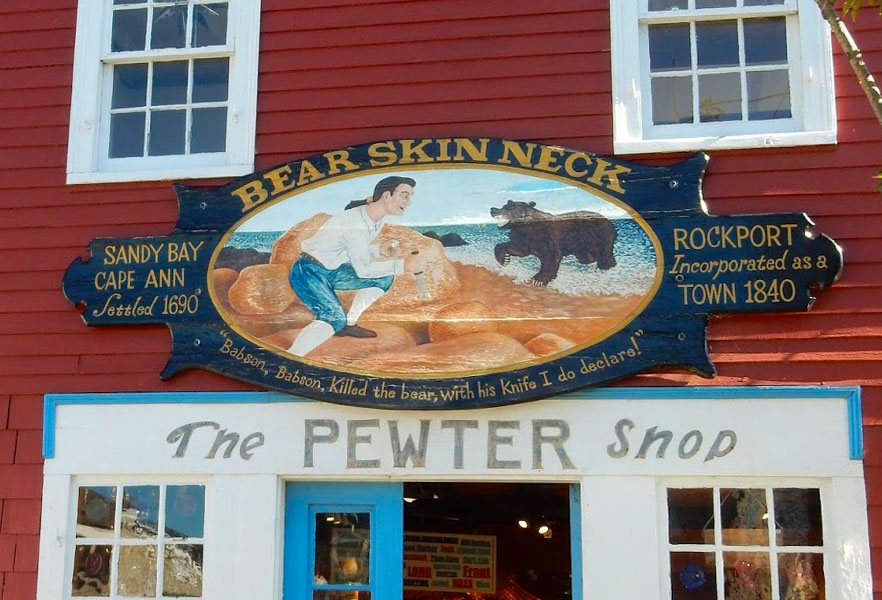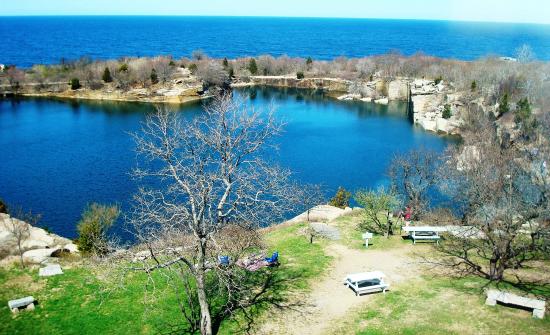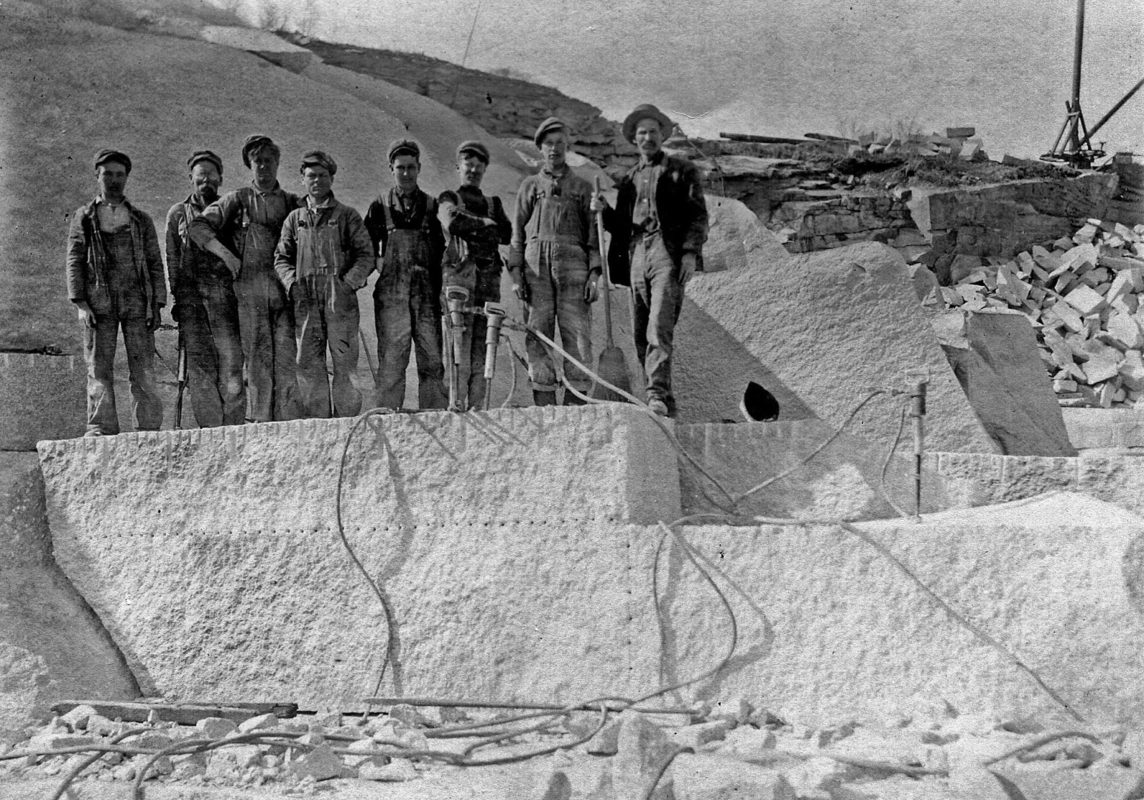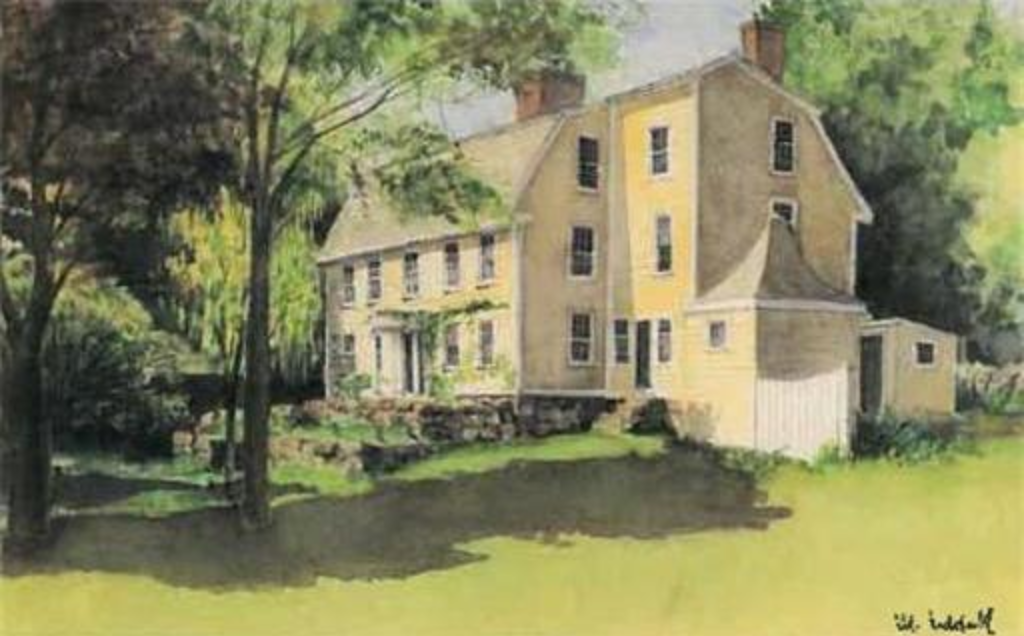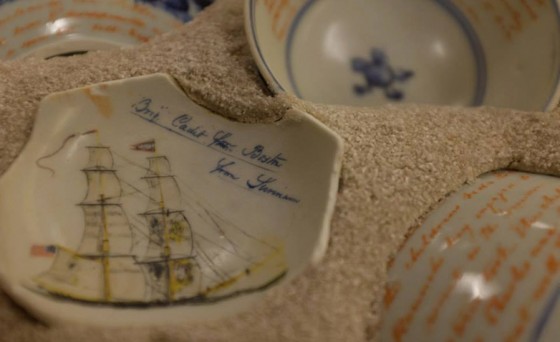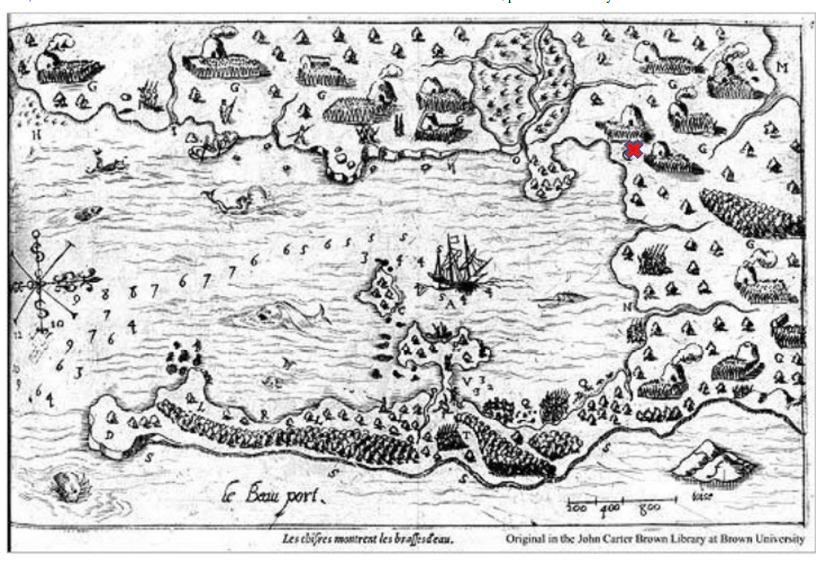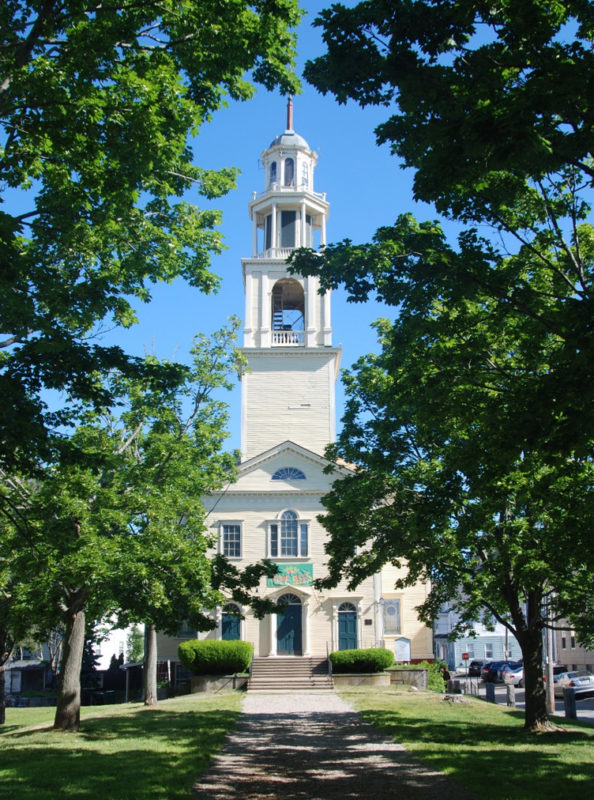Dogtown's Babson Boulders


At the core of Cape Ann, you can walk through Dogtown to find a trail of boulders marked with mottos, as well as numbers indicating the locations of cellars and foundations from the colonial history when the area was the Commons. Roger Babson purchased much of the land that is now Dogtown and donated it to the City of Gloucester for protection as a park and watershed of the Babson Reservoir. During the Depression, he hired stonecutters to carve mottos such as Truth, Help Mother and Get A Job. More on the history of Dogtown can be found essexheritage.org and northshore.edu. There are a variety of trail heads for accessing Dogtown, two are described on thedacrons.com which also includes a link to a trail map.

